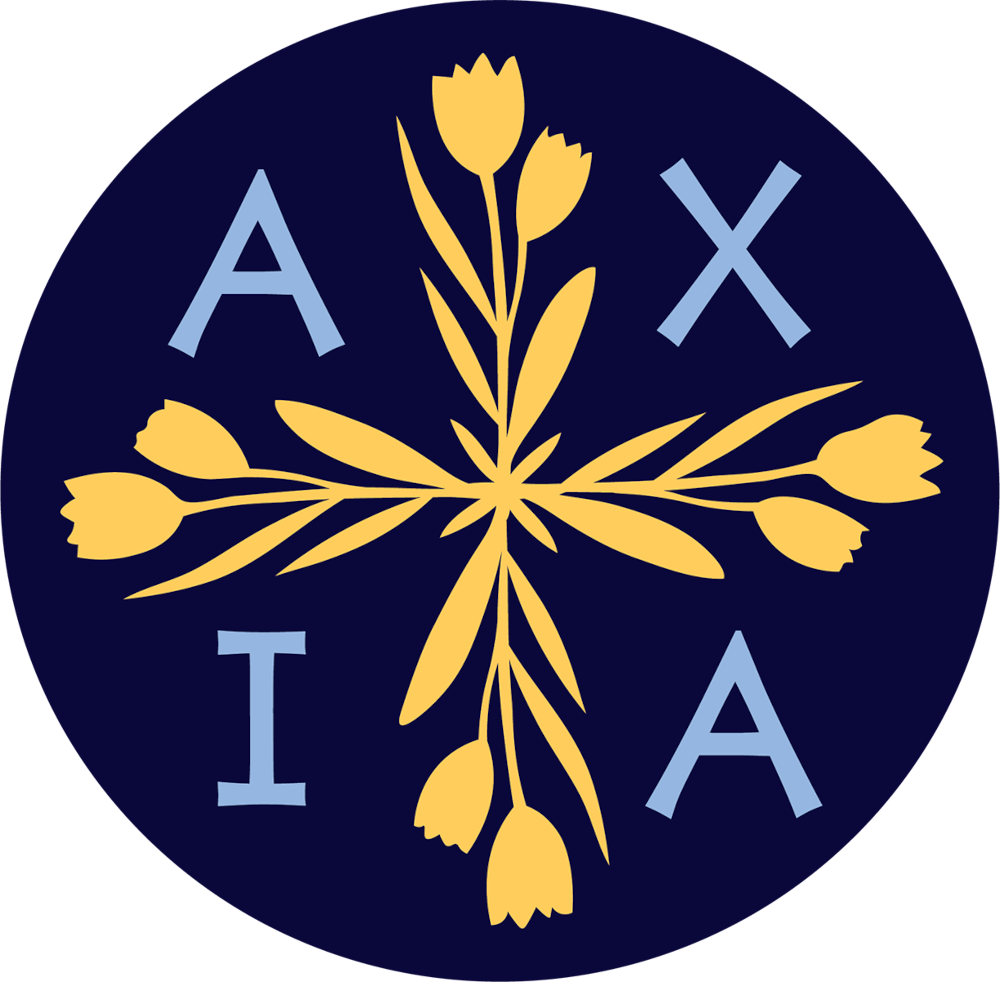Blog Posts
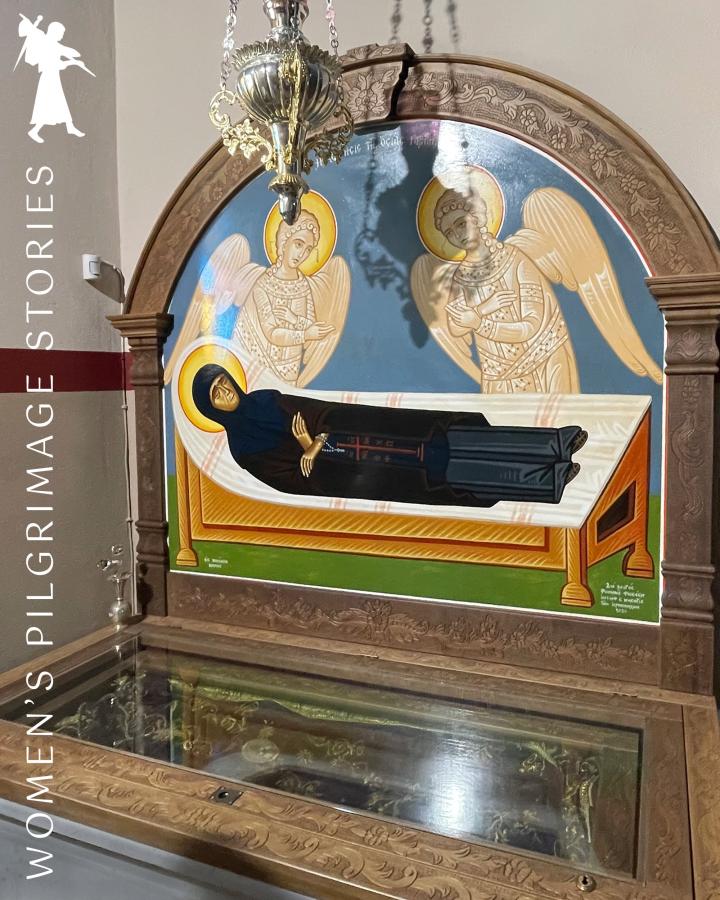
To celebrate the feast day of St. Gavrilia today and the anniversary of her falling asleep, we asked pilgrimage co-leader Jennifer Anna Rich to reflect on what she learned from encountering St. Gavrilia’s life during a pilgrimage to venerate her relics on Leros.
Fresh off the boat with holy anticipation, our September pilgrimage breezed across the water to alight on the island of Leros, in search of Saint Gavrilia, the 'Ascetic of Love'.

We’re nearly halfway through Lent! If you’re looking for a new recipe to mix up your Lenten routines, try this favorite shared by Patricia Bouteneff:
Cashew Stew with Mango and Cilantro
1 tsp coriander seed
1 tsp poppy seed
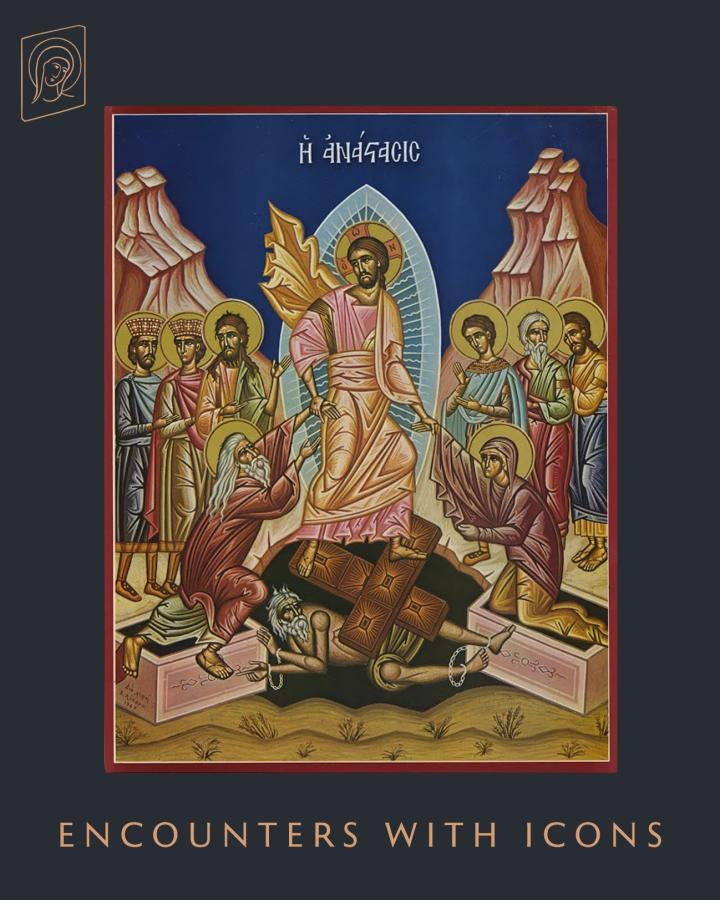
Every year at our Festival, I give church tours. I enjoy this because the visitors are always awed by the light and color in our church, and they are especially caught by the icons.
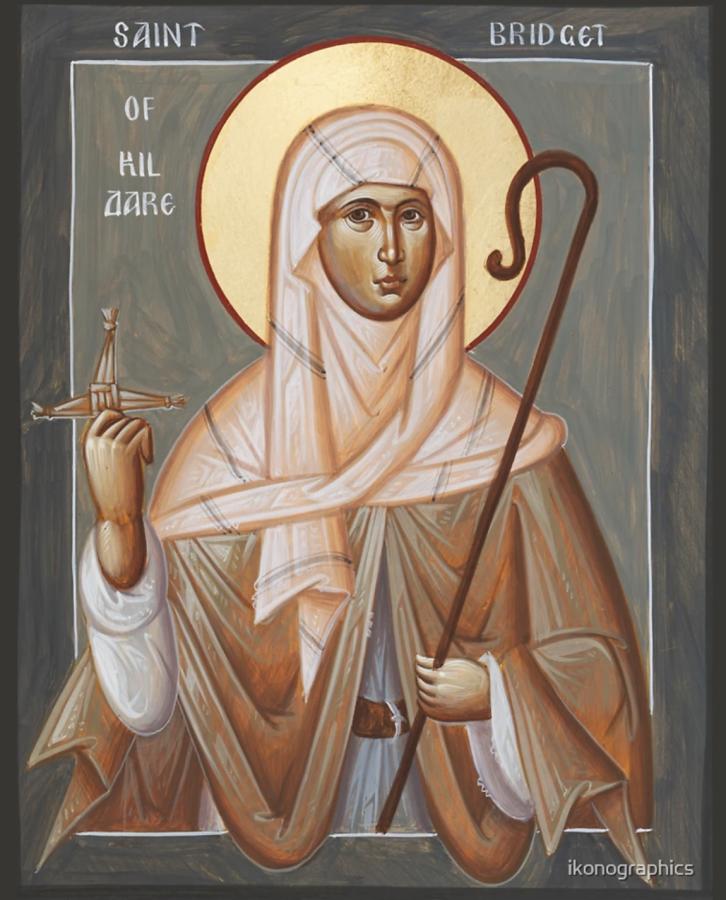
In celebration of St. Patrick’s Day, we thought we would share this lovely prayer attributed to another Irish saint, St. Brigid.
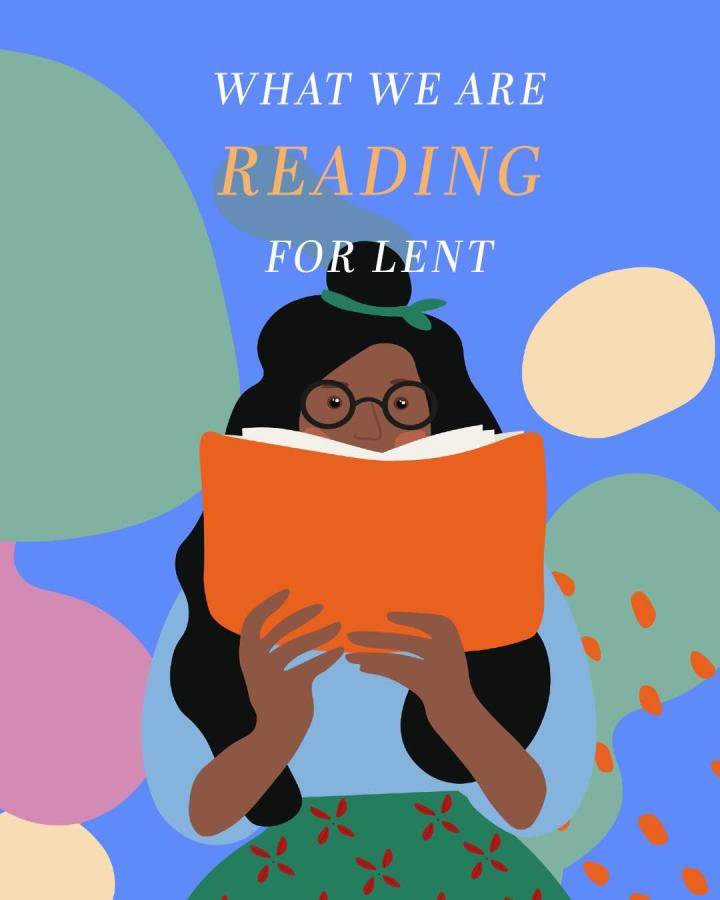
Lent is an opportunity to intentionally choose books to companion us in our forty-day journey. Here are a few we've selected to walk with us this Lent:
Faith is abstract. Non-believers joke about the invisible, imaginary friend in the sky. We seem foolish, naive, even dumb. Fools for Christ? I will take it. With children, however, abstractions are incredibly difficult. Like Saint Thomas, they often need something more concrete.
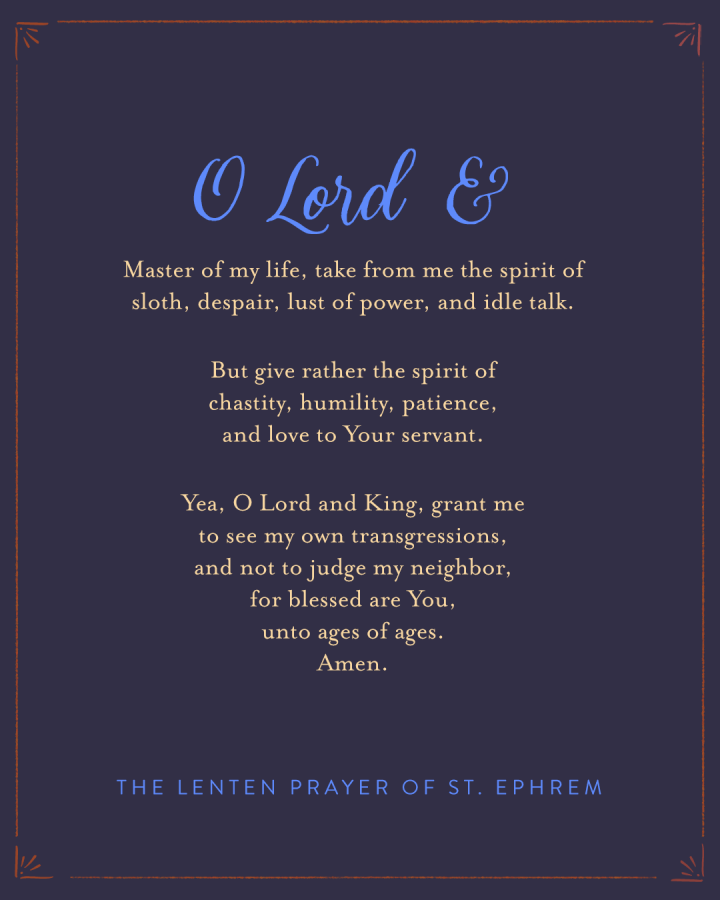
As we journey together into Lent, we are always moved by this prayer, from St. Ephrem the Syrian.

